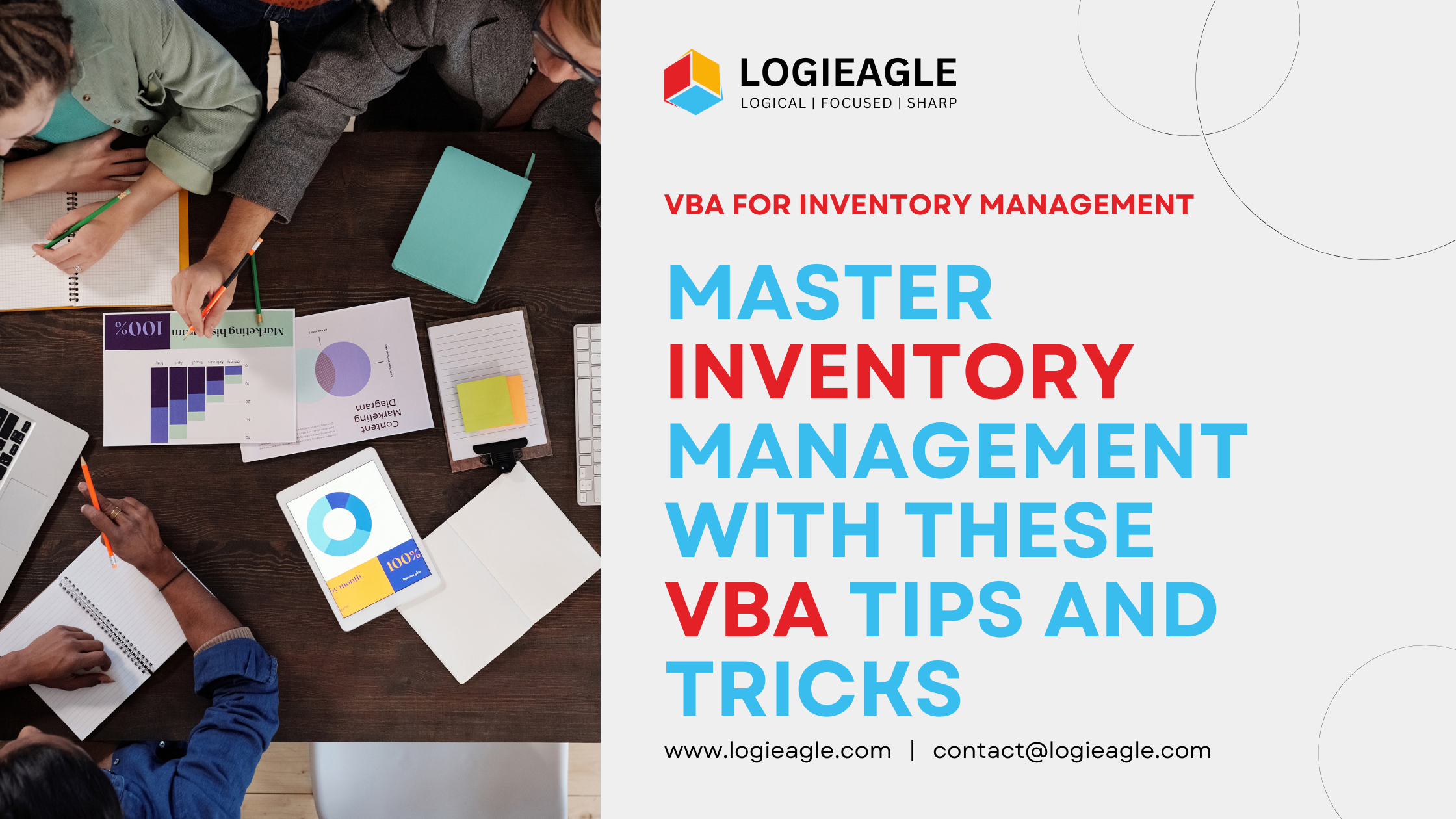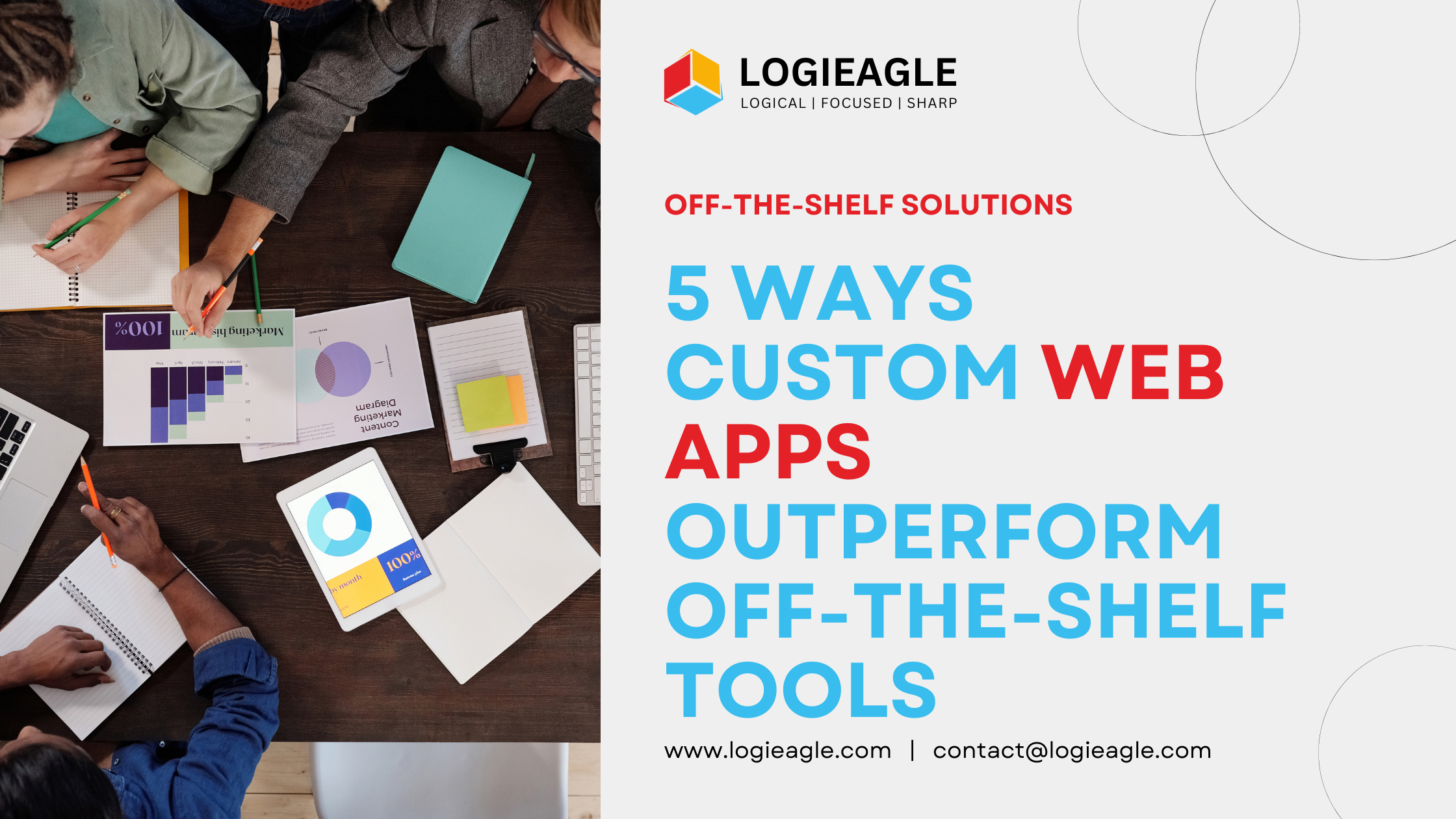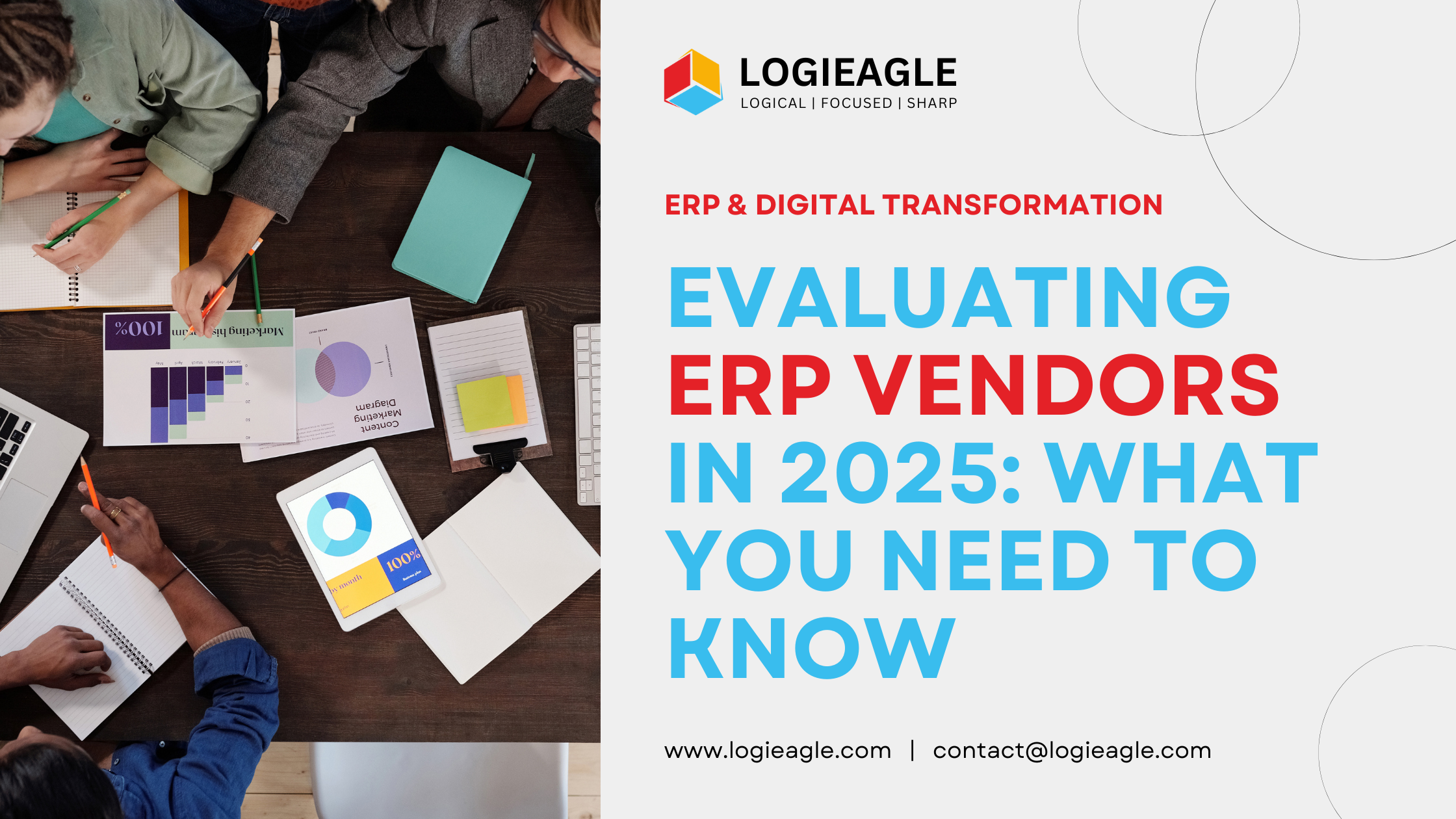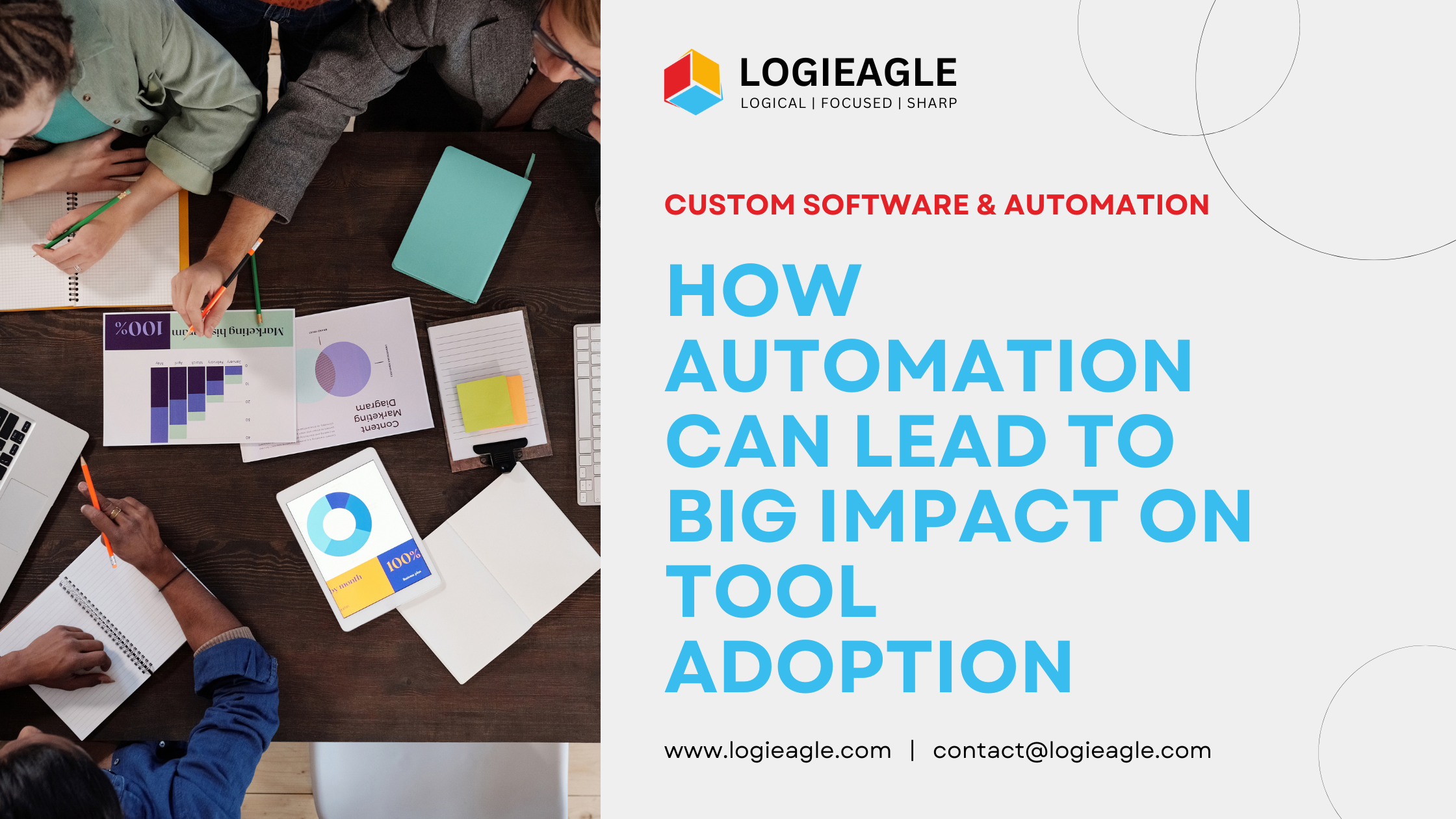
A form of software called enterprise resource planning (ERP) may be used by businesses to handle a wide range of company functions such as accounting and purchasing, project planning, regulatory compliance, and conformity. Enterprise performance management (EPM) software, which aids in budgeting, forecasting, and reporting on a company’s monetary outcomes, is part of an ERP package. ERP systems connect a wide range of internal and external operations, making it possible for the information to move back and forth. An ERP system eliminates data duplication and provides data security with a unified point of truth by aggregating standard transactional input from numerous sources.
Step by Step Process To Choosing The Right ERP System
1. Curate a team to facilitate the planning of ERP
This group will assist you in identifying your company’s most essential requirements and making an informed decision about an ERP system. Stakeholders and promoters will be more interested in the outcome if this step is taken. The sore areas, intense demands, and developmental requirements of your company will differ in each sector of your firm. Long-term benefits outweigh the short-term costs of building a solid team initially.
2. Direct ERP requirements along with the company’s goals
Evaluating your main demands for picking an ERP system is vital. You’d need to address various areas to sync these ERP demands. First and foremost, it is critical to have accurate and timely financial information that can be relied upon. Secondly, transparency in regards to sales, manufacturing, and procurement needs to be reviewed. Third, evaluate the software’s efficacy and the impact on workers’ performance. This will help figure out the business’s profit margins. Fourth, what kind of process automation is required? Would job costs, sales orders, and management of supply chains be automated with this software? Last but not least, fifthly, find out if the software gives real-time data to its mobile consumers.
3. Establish who the ERP providers are
ERP software companies are numerous, making it difficult to concentrate on just two or three businesses to choose from. Thereby focusing on specific aspects can be decisive. Firstly, look at the degree of experience each potential ERP supplier has in the industry first. Secondly, shortlist the ERP platform, which enables the construction of apps layered on top of it so you may adapt to specific organizational demands. Thirdly, ERP system flexibility must be evaluated to ensure that it can withstand the test of time and meet the needs of the future. And fourthly, the capability of the ERP software consideration to meet industry-specific compliance standards and reporting shall be adhered to.
4. Finalize a constricted list of the most prospective ERP providers
Although many providers may give you a smooth release time frame, it’s crucial to examine all stages of research. Most of these research aspects boil down to what the former step (step 3) talked about, i.e., industry experience, customization, and implementation. The added criteria to comply with include training and support. ‘Training’ shall comprise data on pre- and post-launch training and supplementary resources that will be offered to enable workers to have a pleasant user engagement. Collaboration should be described in detail by the ‘support’ provided. The same consistent staff that understands your company, its quirks, and its history should handle any potential hazards.
5. Gather feedback from the users of the selected ERP provider
If you ask most providers, they’ll offer you a glowing recommendation, although let’s be frank: most requests are made immediately after the product has launched. If a provider can put you in touch with a customer who can share their viewpoint, that’s a strong indication. Ensure you inquire about continuous support, training, and their connection with the provider.
Suitable Systems Similar To Those Of ERPs (Excel & Google Sheets)
Excel sheets are a common sight on computer monitors throughout the workplace. Microsoft Excel is almost universally used. Excel is a product we are all familiar with when we begin our careers in the workplace, notwithstanding the abundance of specialist software. To some extent, it’s no surprise that so many of us rely on Excel in our day-to-day jobs. A VBA (Visual Basic for Applications) program can deliver automation to the most fundamental processes of operating your company while staying familiar and straightforward to use for users. There is essentially no restriction to how much can be achieved using VBA. In principle, a whole ERP could be constructed from the beginning. There are advantages to creating an ERP spreadsheet, and they are:
a) The option to customize: You may custom-build your management software by retaining total command over connections and data sets to formulate a multi-level management system or maintain an emphasis on particular performance targets.
b) No manual updates: Rather than manually requesting data from several divisions, your automated management system on spreadsheets may provide you with automatic data updates.
c) Data analysis capability: It is possible to use spreadsheet functions to do more in-depth analysis for correct observations with a visually attractive presentation by combining ERP with Spreadsheets.
Data that is automatically computed in different formulae and functions are often updated in Excel files by many users regularly. These formulae are often used by those who want to examine what happens when they input various numbers. If the modifications were made for quick calculations, they might be undone by closing the Excel file without saving. Because ERPs are real-time, everyone who has access to them may see the changes their fellow users are making. An ERP may not be able to share and collaborate with entities outside the corporation, but practically every computer has Excel, making it easier to work with other organizations.
Nonetheless, Google Sheets is another system that has been representing the concept of ERP. A personal database with reasoning upon the pinnacle is roughly what GSheets offer. In addition to the local web application operating, GoogleSheets is restricted by the speed and memory of your browser.
ERP Systems: Distinction Depending On The Requirements
The expectations of the clients and how difficult it is to interface with your firm’s existing technology are the primary distinctions amongst ERP systems. Your preferred components may be included in a custom-built ERP system. Off-the-shelf ERPs or ready-made ERPs, on the other hand, are difficult to modify. As a consequence, businesses sometimes have to redesign their whole operations to accommodate the software. Since each organization has unique operating procedures, it is tedious to carry out the adoption process. The hybrid methodology includes adapting commercial software to a customer’s needs and may hasten deployment by using existing building blocks or no-code/low-code development environments. Every answer is suitable and efficient for the situation at hand.
Rather than becoming cumbersome, custom ERP development may address various business problems. Programmers may customize your ERP to your sector or niche strategy and modify the process for your business. A custom-built ERP system is one of the most incredible instruments to use in the present business climate, where operations and commodities of a company must continually contend with the industry and stand out. It will be uniquely created to satisfy the business’ demands, wants, and organizational procedures. A well-designed custom ERP system may also position the company for future problems by being easily customizable.
Conversely, off-the-shelf technologies might be a reasonable answer for smaller businesses with standard business procedures. If no ready-made solutions meet your business procedures, propose a hybrid approach with your application design firm. It is necessary to recognize the scale of the business in question in order to facilitate the selection of a viable ERP system that will sync with the respective business goals.
 Master Inventory Management with These VBA Tips and Tricks
Master Inventory Management with These VBA Tips and Tricks
 Timing Your Investment: The Key to Successful Business Automation
Timing Your Investment: The Key to Successful Business Automation
 5 Ways Custom Web Apps Outperform Off-the-Shelf Tools
5 Ways Custom Web Apps Outperform Off-the-Shelf Tools
 Evaluating ERP Vendors in 2025: What You Need to Know
Evaluating ERP Vendors in 2025: What You Need to Know
 How automation can lead to Big Impact on Tool Adoption
How automation can lead to Big Impact on Tool Adoption
 How to Use Excel Macros to Enhance Team Efficiency
How to Use Excel Macros to Enhance Team Efficiency
 From Idea to Prototype: Build Your Product Without a Dev Team
From Idea to Prototype: Build Your Product Without a Dev Team
 Boost Your Small Business Credibility by Avoiding These 7 Common Website Mistakes
Boost Your Small Business Credibility by Avoiding These 7 Common Website Mistakes
 Boost Your SME's Success with Smart UX Design
Boost Your SME's Success with Smart UX Design
 The Future of ERP: Lightweight Tools for Growing Companies
The Future of ERP: Lightweight Tools for Growing Companies